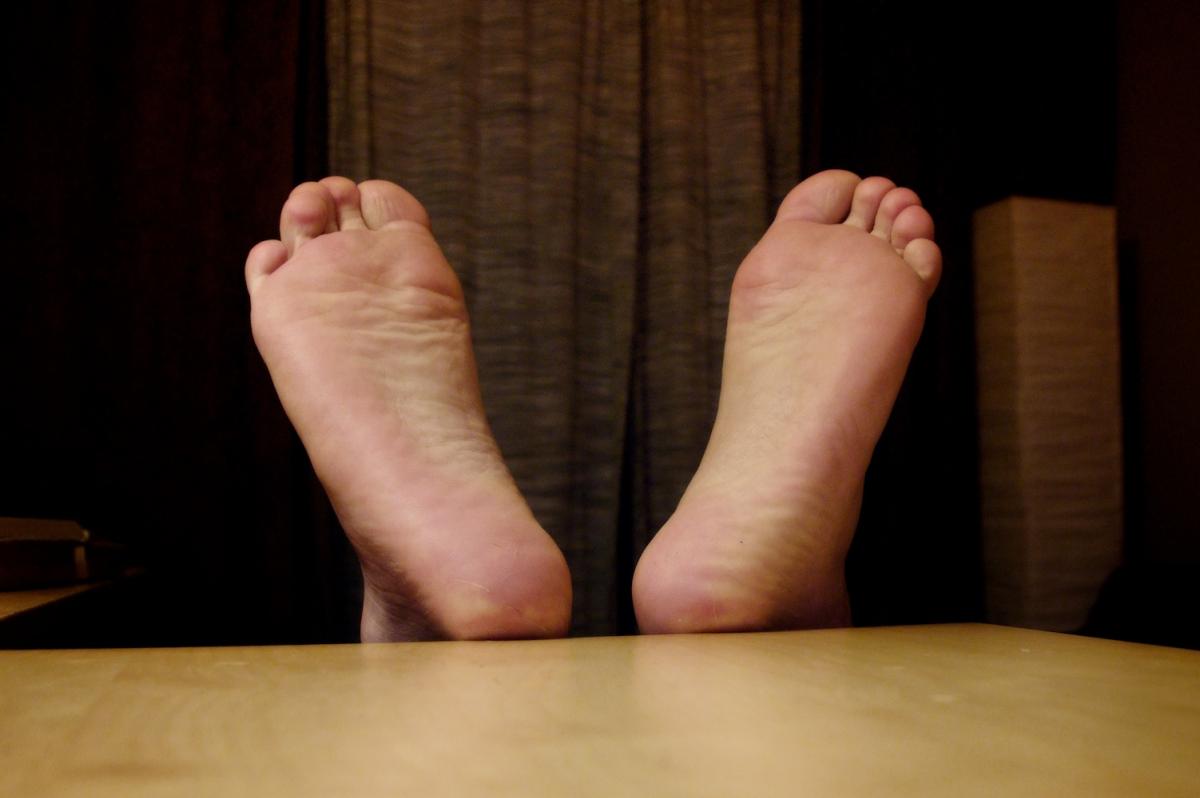Y: Sorry I teased you earlier, Don.
D: It's alright. I have thick skin.
Y: Truth be told you have some thick skin, as do we all. But most of your skin is thin.
D: Are you picking on me again, Yaël?
Y: No, Don. I'm talking about skin literally, which can be divided into two different types: thick and thin. The palms of your hands, soles of your feet, and your lips are examples of thick skin. Thick skin is adapted to activities such as gripping, and the wear and tear that goes with that. Thus, it's void of hair, and it's thicker. Most of the rest of your skin is thin. Unlike thick skin, thin skin is equipped with hair follicles, oil glands, and smooth muscle fibers.
D: What makes thick skin thick?
Y: The thickness of thick skin is caused by a much thicker epidermis, the uppermost section of skin's composition. In particular, the bulk of thick skin is a result of the four upper layers of the epidermis: the stratum spinosum, the stratum granulosum, the stratum lucidum, and the stratum corneum. The stratum lucidum isn't even present in thin skin. The stratum corneum, consisting of keratin-packed dead cells, is substantially thicker in thick skin than in thin skin. The packed keratin provides most of the protective properties associated with the epidermis. Whereas the stratum corneum of thin skin may be completely shed and replaced in about a week's time, this replacement may take about a month in thick skin.
D: Hmm. I guess that from now on I won't say I have thick skin, but that I have an extra thick epidermis!










